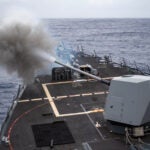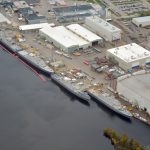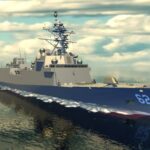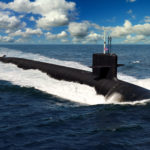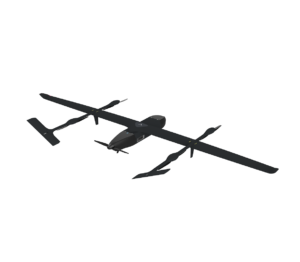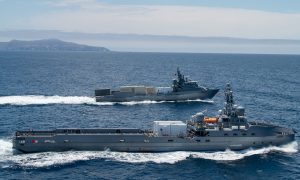
The Secretary of the Navy last week announced the creation of a new Disruptive Capabilities Office (DCO) aimed at helping push new technology to the fleet more quickly to help solve operational problems and close capability gaps. “Through rapid experimentation and prototyping, the DCO will work collaboratively with stakeholders from across our department focusing on delivering solutions to our warfighters at a pace and scale to close our Fleet’s most critical capability gaps,” Del Toro said during the Naval Research…

 By
By 